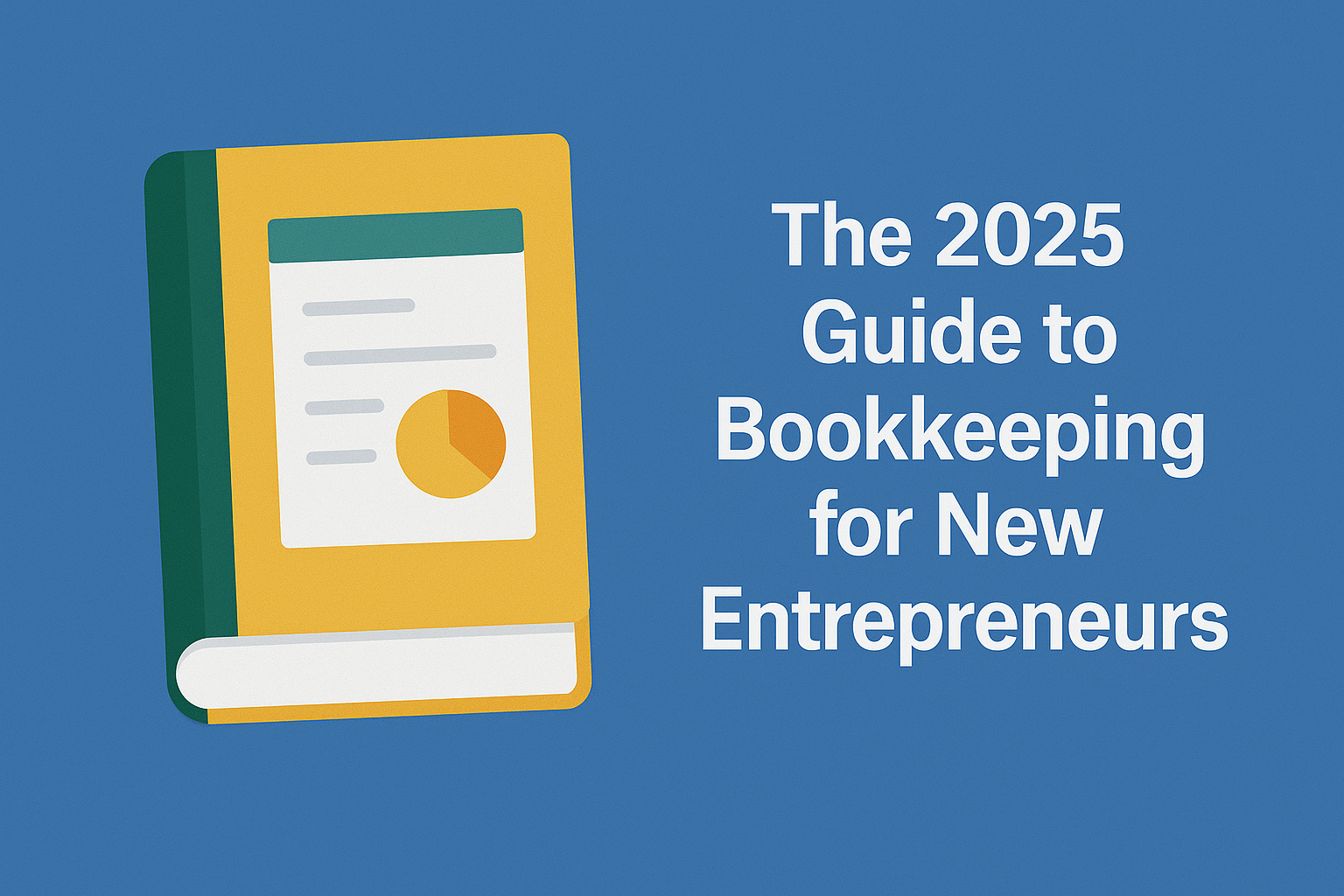
Starting a business is exciting — but between building your product, finding customers, and managing daily operations, bookkeeping often falls to the bottom of the list.
Here’s the thing: bookkeeping isn’t just about filing taxes. It’s about understanding your numbers, managing cash flow, and making smart decisions. In 2025, with modern automation and paperless tools, bookkeeping doesn’t need to be hard, expensive, or time-consuming.
This guide will help new entrepreneurs build a solid bookkeeping foundation — without getting overwhelmed.
Bookkeeping is the process of recording, categorizing, and organizing financial transactions.
That includes:
Good bookkeeping gives you a clear view of your cash flow, profitability, and runway — the lifeblood of any new business.
One of the most common mistakes new entrepreneurs make is mixing business and personal expenses.
In 2025, there’s no excuse for this:
This simple step saves hours of messy reconciliation later.
Forget about tracking everything in spreadsheets forever. Digital tools make bookkeeping faster, more accurate, and more scalable.
Popular starter options:
Pick a platform that matches your business size and offers integrations with your other tools (e.g., bank, POS, CRM).
Paper receipts and manual filing systems are outdated. Paperless bookkeeping saves time and money, reduces errors, and is better for the environment.
Tools like ccMonet make this easy:
This ensures your financial records stay accurate — without hours of manual entry.
When you’re starting out, keep your bookkeeping structure simple.
Avoid overly complex charts of accounts or dozens of categories.
Start with:
A clear structure makes reporting easier and helps you see where your money is going.
Reconciliation — matching your bank transactions with your accounting records — is essential but repetitive.
Automation can handle most of this:
The less manual work you do, the fewer errors you’ll make.
Bookkeeping works best as a habit, not a once-a-year scramble before tax season.
Create a monthly (or weekly) routine:
A consistent rhythm means no nasty surprises down the road.
Even with the best tools, some things are best left to professionals:
A bookkeeper or accountant can complement your software stack — not replace it — and ensure your numbers stay compliant and strategic.
Your bookkeeping system shouldn’t just meet your current needs. It should grow with your business.
As your startup scales:
This way, your financial operations stay lean, not messy.
Bookkeeping doesn’t need to be a headache for new entrepreneurs. With the right tools and habits, it can be a strategic advantage — giving you clarity, control, and confidence as you grow.
✨ ccMonet helps startups automate the boring parts — receipt collection, expense categorization, and reconciliation — so you can focus on building your business, not chasing paperwork.
👉 Discover ccMonet and set up a smart, paperless bookkeeping system from day one.